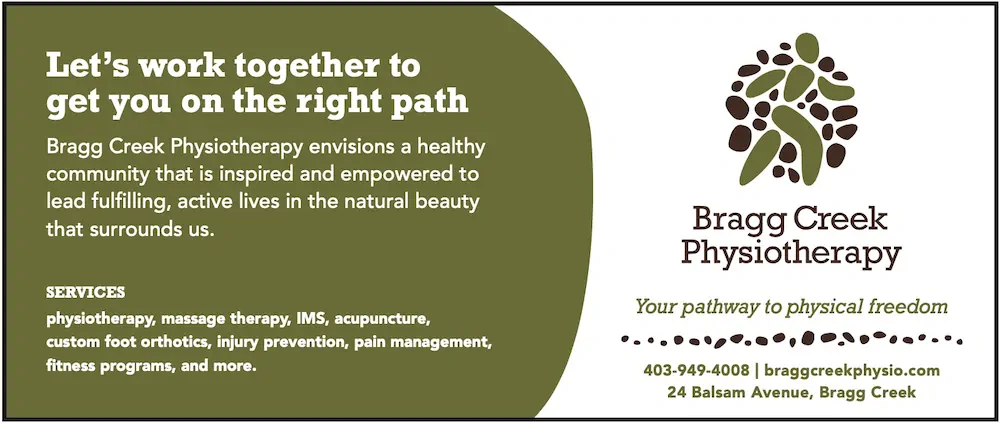LOWER CROSSED SYNDROME – A COMMON MUSCLE IMBALANCE
Lower Crossed Syndrome (LCS) is a common postural muscle imbalance characterized by a specific pattern of muscle weakness and tightness around the pelvis and lower back. It is frequently seen in individuals with repetitive movement patterns, often poor postural habits and can contribute to lower back pain, hip dysfunction, and impaired movement activity.
Physiotherapists play an important role in the identification, assessment, and treatment of LCS, helping individuals restore muscle balance, improve posture, and reduce pain.
Lower crossed syndrome is named for the “crossed” pattern of muscular imbalances that typically appear in the lumbopelvic region. This is characterized by tight hip flexors and lumbar spine muscles and weaker abdominal and gluteal muscles. The presentation is often seen in standing as a forward head posture, rounding upper back, arching of the lower back, anterior pelvic tilt and protruding abdomen.
These imbalances lead to faulty movement patterns and overuse of compensatory muscles, increasing the risk of low back pain, hip impingement, and even knee problems. While LCS may be asymptomatic in early stages, it can eventually cause:
- Chronic or intermittent lower back pain
- Hip stiffness or discomfort
- Poor posture and gait abnormalities
- Reduced functional movement capacity (e.g., squatting, walking uphill)
- Tightness or discomfort in the front of the hips
Assessment involves looking at your functional movements and testing specific muscles around the lumbopelvic and lower extremity regions. Testing muscle strength and joint range of motion helps to identify these imbalances. Treatment will often involve stretching of the tight muscles – lunges for the hip flexors, child’s pose and ‘knee to chest’ stretches for the lumbar extensors and strengthening the weaker muscles – bridges and clamshell are a good start for the glute muscles, and focused abdominal exercises. Manual therapy, myofascial release and intramuscular needling (IMS) may help to relieve tight tissues and stubborn muscle bands. It is also important to address any postural corrections and potential ergonomic advice for work or home settings.
Some things to consider in order to prevent these muscle imbalances from settling in, would be to incorporate regular movement breaks throughout the day, maintain a balanced strength and flexibility routine, ensure proper lifting and movement techniques, and engage in exercises that promote pelvic and core stability
Lower Crossed Syndrome is a common but often overlooked contributor to lower back and hip dysfunction. Through early detection, targeted rehabilitation, and lifestyle modifications, physiotherapists can help patients restore balance, improve movement patterns, and prevent future musculoskeletal issues. Our physiotherapists at Bragg Creek Physiotherapy would love to help you address, recover from and prevent issues like this!
Jennifer Gordon
(BSc.PT, GunnIMS, AFCI)
Physiotherapist – Bragg Creek Physiotherapy
www.braggcreekphysio.com



























